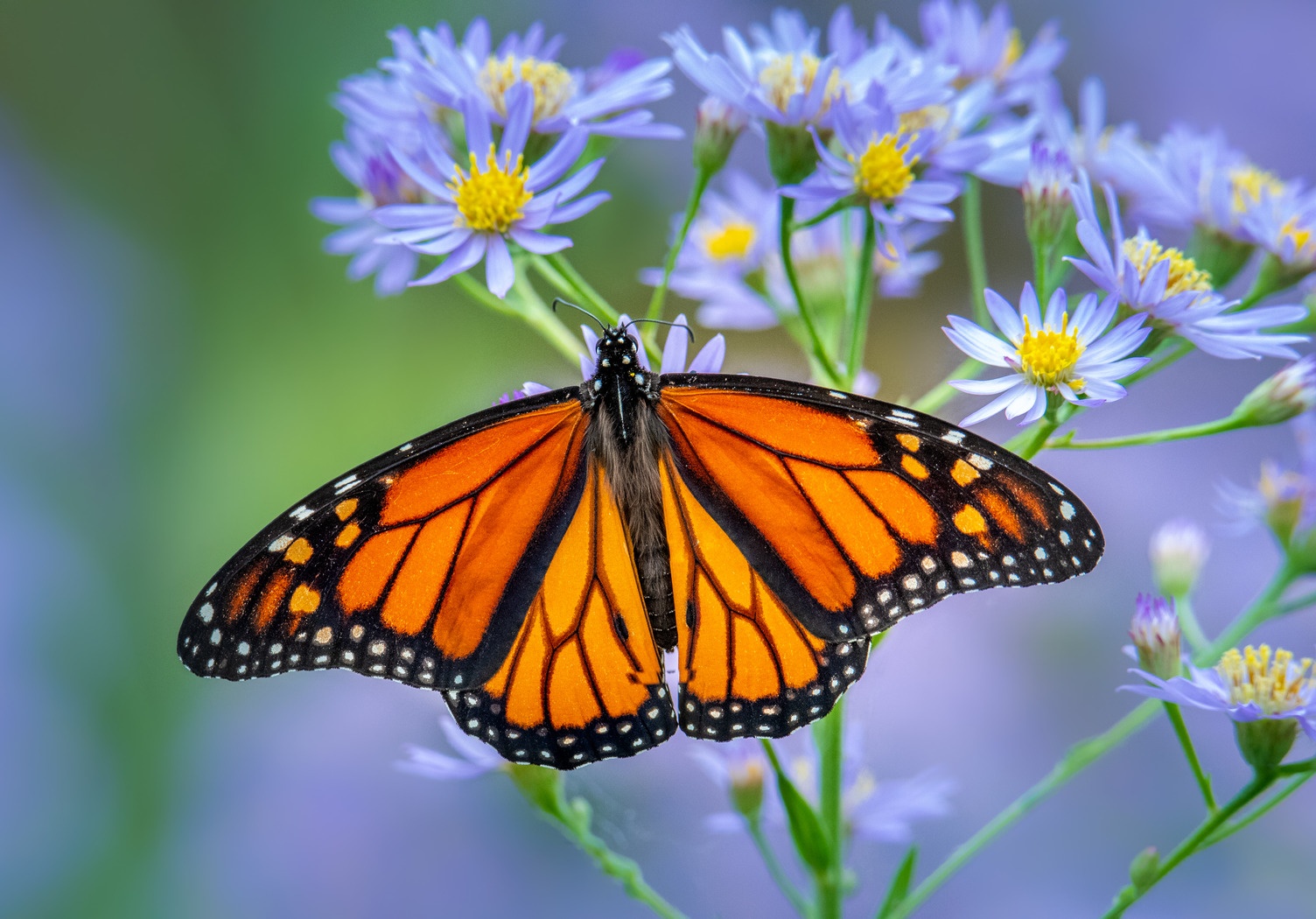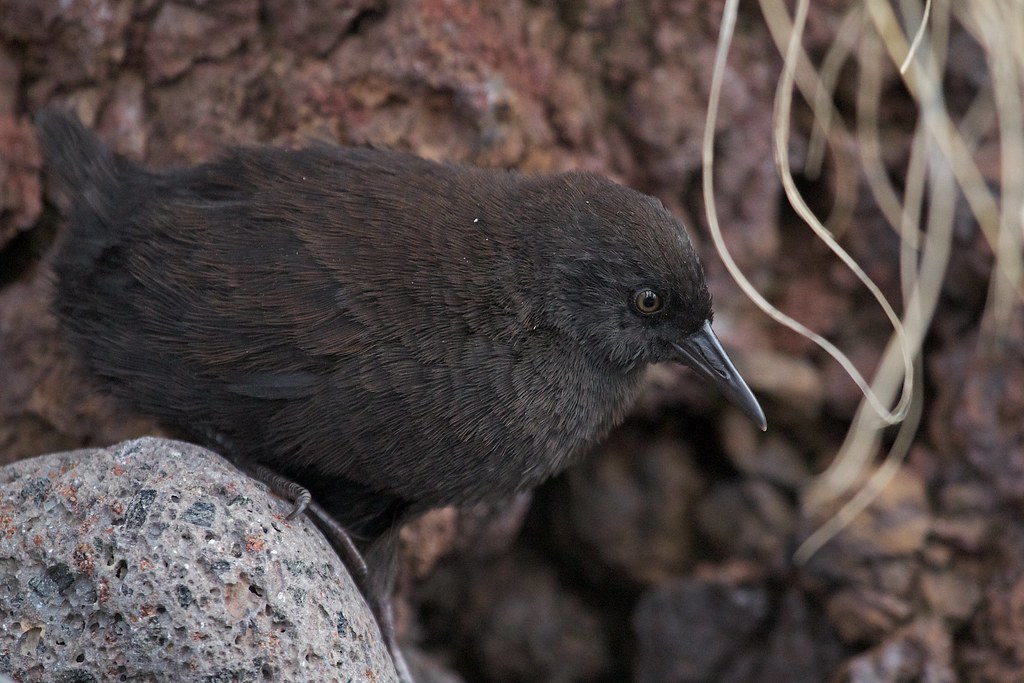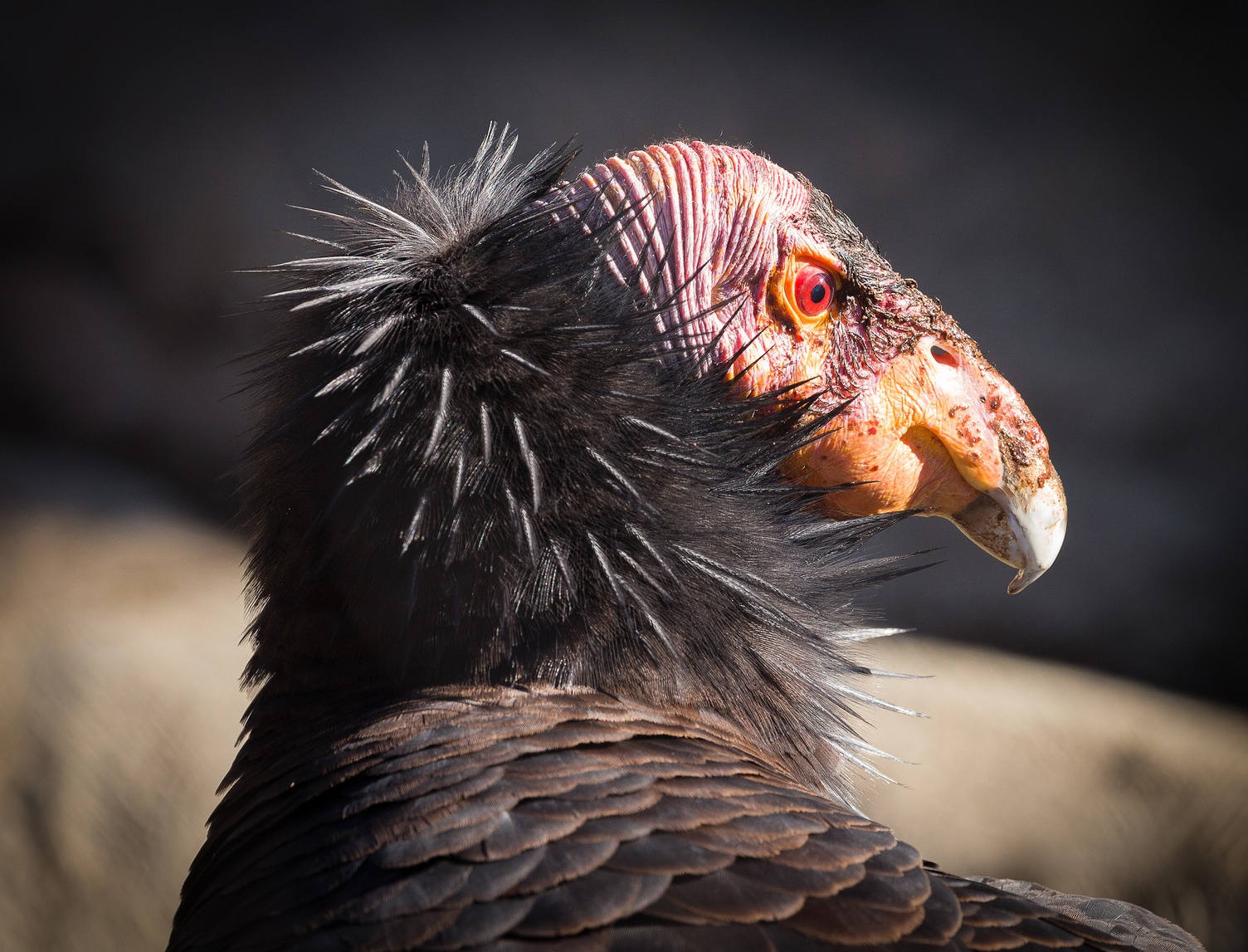We have much more to do and your continued support is needed now more than ever.
The Dual Nature of Rarity: Understanding Conservation Needs for Artificially versus Naturally Rare Species

Nature’s rarest and most endangered species face threats from all sides—but did you know that ‘rare’ and ‘endangered’ are not interchangeable terms? While some species—like red wolves—are indeed only rare due to their endangered status, others are simply uncommon by nature.
Typically, naturally rare species are at high risk of endangerment because they are rare, whereas artificially rare species are only rare because they are endangered.
Recognizing the differences between these two groups is crucial for implementing effective conservation strategies for all. In this blog, we will share some examples of both artificially and naturally rare species, and explore the different approaches required to ensure the continued survival of each in our ever-changing world.
Artificially Rare Species
Many familiar threatened or endangered species, such as polar bears, spotted owls, or sea turtles, would ordinarily boast large populations but have become exceptionally rare due to human activity. These species have been impacted by long-term declines, finding themselves creeping ever-closer to the brink of extinction due to mounting conservation threats. Human-induced factors like habitat loss, pollution, illegal hunting, and climate change eventually take a toll on once-thriving populations, pushing them toward an artificial rarity.
For these naturally abundant but artificially rare species, identifying and addressing the root causes of population threats is vital for long-term conservation. Because these species have comparatively large baseline abundances, declines resulting in artificial rarity may come at relatively slow pace—usually spanning decades. This generally gives conservationists some time to carefully monitor and assess future extinction risk.
Take the monarch butterfly; once migrating in groups numbering in the millions, this iconic species has experienced staggering declines of as much as 90% in eastern North American populations, and 99% in western populations—just in the last few decades. Over that time, researchers have found that this dramatic drop is primarily due to a steady loss of milkweed, the monarch caterpillar’s only food source. But the decline in the monarch butterfly population is a complex issue, and continued research has revealed that while the loss of milkweed is a contributing factor, it is not the sole cause of the decline. For example, the unrelenting degradation of overwintering habitats also plays a role.

As a result, recent conservation efforts have centered on attempting to ‘undo’ the historic damage we have done to monarch populations through habitat destruction. Initiatives have been undertaken to plant milkweed and other nectar-producing native plants in backyards, gardens, parks, and other public spaces, providing vital sustenance for the butterflies and their caterpillars. Steps have also been taken to restore and expand the monarch’s overwintering habitats, ensuring them a safe haven during colder months.
Recovery programs for other artificially rare species typically involve similar long-term efforts to control the harmful effects caused by human involvement. Unfortunately, these efforts, including captive breeding programs, advocacy for climate-responsible legislation, habitat restoration, and invasive species removals, may require considerable amounts of time, effort, and money. Addressing the root causes of their widespread decline may require significant, difficult changes in human behavior, policy, and resource management as a whole.
To support the conservation of artificially rare species, you can consider making long-term lifestyle changes such as gardening for wildlife, reducing your carbon footprint, and supporting sustainable products. You may also consider advocating for stricter environmental regulations and allocation of funds toward resources for recovery projects.
Naturally Rare Species
On the other hand, some species are rare naturally. These species are characterized by small or isolated populations as a result of their limited geographic ranges, small ecological niches, or low reproductive rates. Such unique species, though not necessarily endangered, warrant careful attention in their own right. For these naturally rare creatures, extinction is often a less predictable and more immediate threat.
It is essential to understand that naturally rare species are often more sensitive to endangerment than naturally abundant species, as their small populations inherently carry a great risk. When an entire species is confined to a single small area, natural disasters, human or invasive species intrusions, or other catastrophic events could potentially annihilate the entire population in an extraordinarily short amount of time. Rather than creating long-term plans to triage ongoing population threats as we tend to do for artificially rare species, conserving naturally rare species generally requires dedicated, intensive protection of their specialized habitats as a whole—even before these threats begin to show an impact.

The Inaccessible Island rail, for example, is a flightless bird that resides exclusively on the remote Inaccessible Island, nestled in the South Atlantic Ocean. This isolated, predator-free habitat provides an idyllic sanctuary for the bird, allowing it to flourish away from external threats. However, even if common across its tiny range, the restrictive nature of its island home means that no more than a few thousand individuals can exist in the wild at one time. Although its population is currently stable, a single invasion by non-native predators—such as domestic cats or dogs—could very likely lead to the abrupt extinction of this species.
According to one estimate, up to 1,600 species of similarly endemic rails experienced rapid extinction around 3,000 years ago, once their South Pacific island homes were colonized by humans. Researchers believe these extinctions primarily resulted from the invasive domesticated species early colonizers tended to bring along—pigs and dogs—which either consumed or outcompeted these small birds. To prevent a similar fate for the Inaccessible Island rail, the species is listed as Vulnerable as a precaution, and its primary conservation objective is shielding Inaccessible Island from invasive species.

Another striking example is the Devil’s Hole pupfish, found solely within one small water-filled cave in California’s Amargosa Valley. This remarkable fish has been isolated for up to 20,000 years longer than any other species in the region, adapting to and thriving in the specific extreme conditions of its singular cavern habitat.
Like the Inaccessible Island rail, natural Devil’s Hole pupfish populations are not able to exceed a certain number of individuals at a time—in this case around 500—due to the species’ unique habitat.
These fish faced an immediate extinction threat in the late 1960s, when intensive well-drilling for nearby agricultural efforts quickly dropped ground water levels in Devil’s Hole to alarmingly low levels. Drastic emergency conservation efforts were required to save the species, including the establishment of artificial refuge populations and a legal battle cumulating in a swift landmark Supreme Court decision to protect the fish’s habitat by blocking well-drilling in the area. While the species recovered temporarily, the Devil’s Hole pupfish continues to face the threat of extinction owing to its incredibly isolated population. It has experienced steady declines since the 90s, is now listed as Critically Endangered, and has recently experienced a catastrophically low population count of a mere 38 individuals.
The urgency of conservation efforts for naturally rare species can come swiftly, and sometimes without warning. In some cases, a single event could lead to a rapid decline or even extinction, making proactive conservation measures essential.
You can help protect naturally rare species by supporting the establishment of protected areas and the preservation of vital habitats in your community. You can also advocate for government initiatives that designate protected areas for naturally rare species, enforce the monitoring of invasive species, and fund research to better understand the needs and vulnerabilities of these unique creatures.
Rarity Awareness
Although all low-population species need our attention, effective conservation requires us to pay close attention to whether a species is naturally or artificially rare. Understanding the nuances of this distinction is crucial to tailoring conservation efforts that effectively address the specific challenges each group faces.

Conservation is not a one-size-fits-all endeavor; it requires careful consideration of each species’ needs and the specific challenges they face. As global citizens, it is our responsibility to support and promote conservation initiatives that protect both types of rare species, ensuring the preservation of Earth’s precious biodiversity for future generations. In supporting organizations like the National Wildlife Federation, you can help contribute to the development and implementation of targeted conservation strategies that protect and preserve our planet’s rarest species—artificially, or not.





















